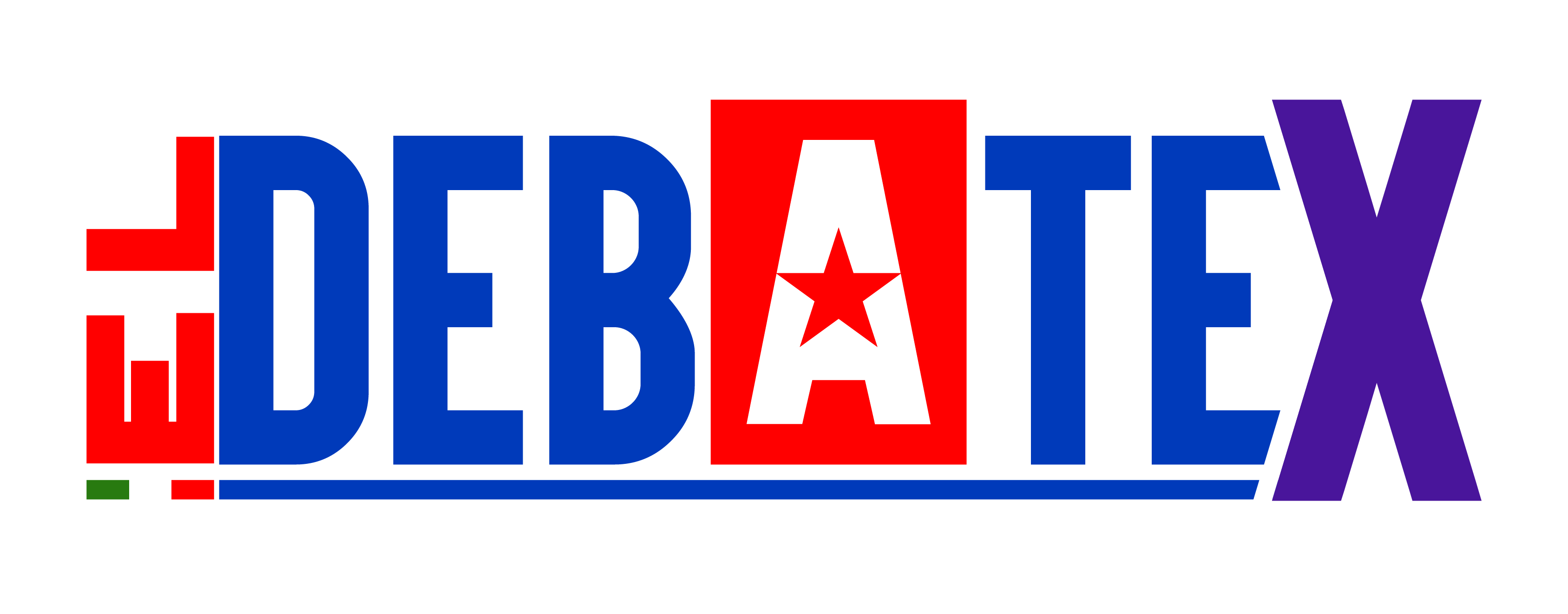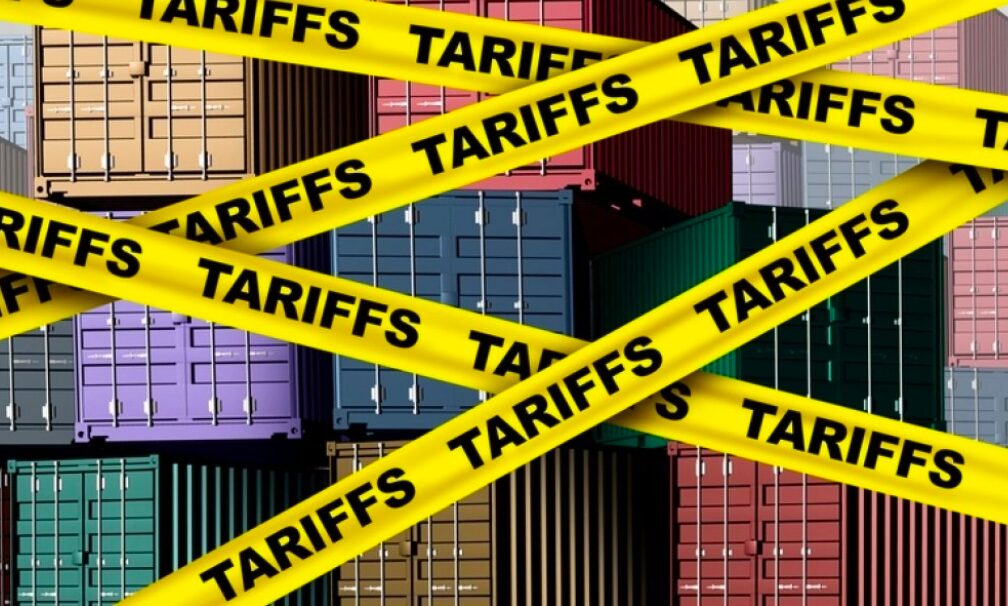By
- Diego Marroquín Bitar and Valeria Moy
What Are Tariffs?
Tariffs are taxes that governments impose on trade. While they can apply to exports, they are primarily levied on imports, typically to protect local industries. Imagine a local market selling apples. The retailer can choose between locally grown apples and imported ones. If a foreign producer wants to sell apples in this market, they might find their goods subject to a tax a tariff making imported apples more expensive than domestic ones.
The rationale behind tariffs is straightforward:
- By making imports more expensive, tariffs make local goods comparatively cheaper and, at least in the short run, more competitive.
- Like other taxes, tariffs provide income that can be used to support local industries, fund public programs, or cover government expenditures.
- Tariffs can serve as bargaining tools to extract concessions from trading partners.
On February 2, 2025, President Trump signed an executive order imposing a 25 percent tariff on all goods imported from Mexico and Canada, with a 10 percent tariff on Canadian oil. These measures targeted the United States’ two largest trading partners under the US-Mexico-Canada Agreement (USMCA). A crisis was temporarily averted when the White House later suspended the tariffs after striking last-minute deals from Mexico and Canada to secure their borders. This decision prevented, at least for now, a damaging trade war that could have disrupted North America’s economy and sent shockwaves through global markets.













